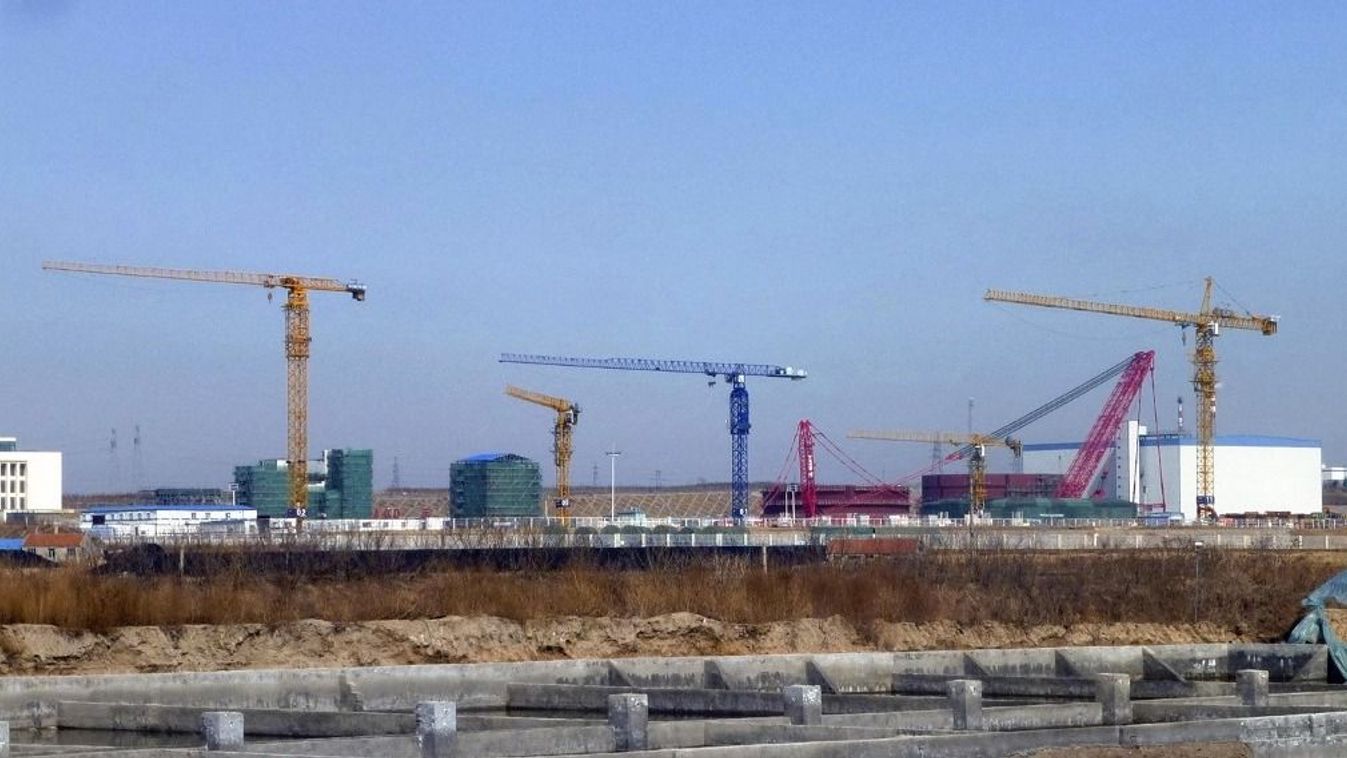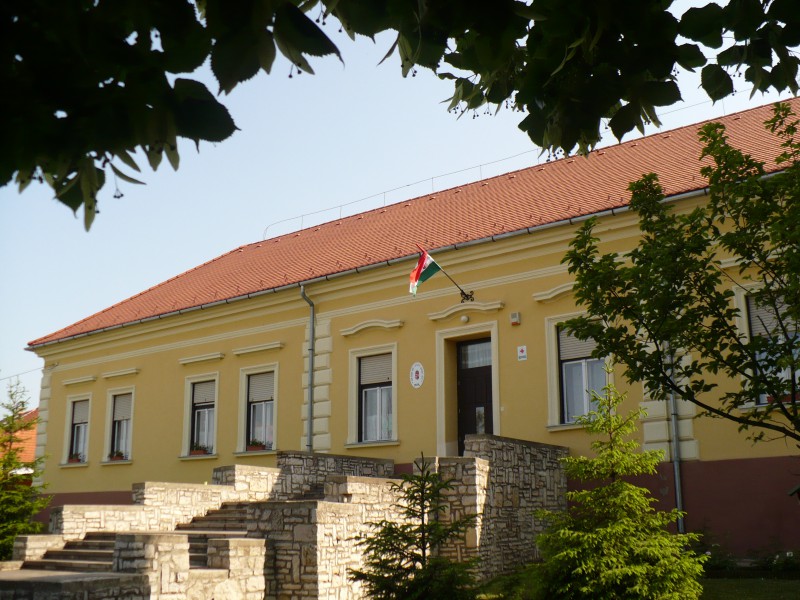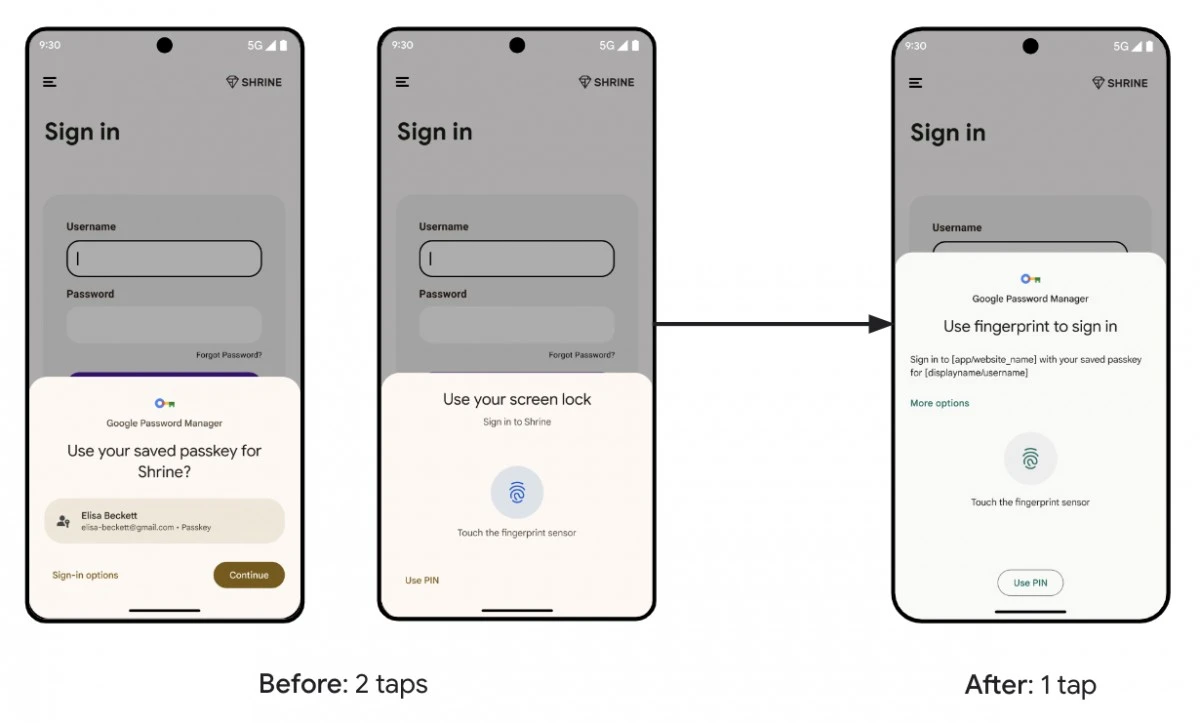You've probably already noticed that in most cases open-access public Wi-Fi networks are extremely slow – or don't work at all. In such cases, we can easily believe that the router emitting the signal is not even connected to the Internet and it is just a problem, but the situation is that the problem is most likely caused by something else; Moreover, the crowd because Wireless communications have limits.
You can even experience this phenomenon on your home network: the more devices you connect to Wi-Fi, the slower the Internet on the devices. The reason for this is the simple fact that wireless communications currently rely on “planar” processors, i.e. essentially flat. Since they are 2D, they can only handle a limited range of frequencies at a given time, but a manufacturing process that would allow us to produce 3D chips would allow devices to handle multiple frequencies at the same time.
In recent years and months, many scientists have focused on the problem, but the greatest progress has been made by professors and scientists at the University of Florida: we can thank them for the concept of 3D Wi-Fi.
It could change everything
According to Roozbeh Tabrizian, an associate professor of electrical and computer engineering at the University of Florida, the problem can be compared to cross-city traffic.
The city's infrastructure can only handle a certain level of traffic, so if we continue to increase the number of cars, we could face serious problems. Likewise, we are starting to reach the maximum amount of data we can transfer efficiently. The planar architecture of processors is no longer practical, because it limits us to a very limited bandwidth
– explained Tabrizian, whose team developed the new generation processors.
the Nature electronics The research published in the journal describes a new approach that uses semiconductor technology to place multiple processors tuned to different frequencies on a single chip. The solution has several advantages: first, it increases performance, and second, it reduces chip space requirements, because planar chips can only be larger if they are wider, but 3D technology makes scaling easier.
The cities of the future will be built on this
Of course, new technology cannot bring salvation primarily to ordinary users – individual needs are perfectly satisfied even by Wi-Fi networks based on existing technology. In particular, 3D Wi-Fi could greatly contribute to the development of smart cities of the future, which are based on the concept that everything from transportation to residents' devices to stores are connected to a single network. At the moment, we are still a long way from implementing this – although the establishment of NEOM, on the borders with Egypt and Jordan, would not be too far from this concept.
As Index reported, Saudi Crown Prince Mohammed bin Salman decided a few years ago to create a completely new state, comprising three cities that had never been seen before. These cities have been named Trojena, Oxagon and The Line, with the most attention being drawn to the latter – a 200-meter-wide smart city stretching 170 kilometers and consisting of two glass walls, each 500 meters high, that is set to be able to accommodate… All residents of Hungary.
Many people thought that the project would be just an elaborate joke, but as the work progressed, it became clearer day by day that it would actually be completed. We've written in more detail about what the building looks like – and more importantly, how it works – in this article.
(Cover photo: Patrick Lux/Getty Images)















































